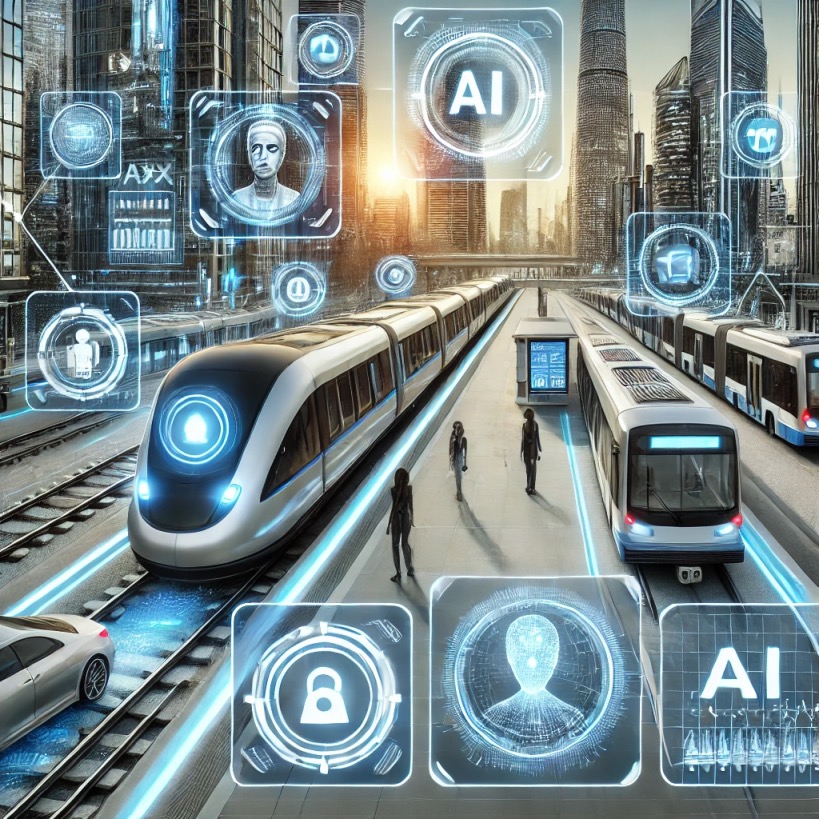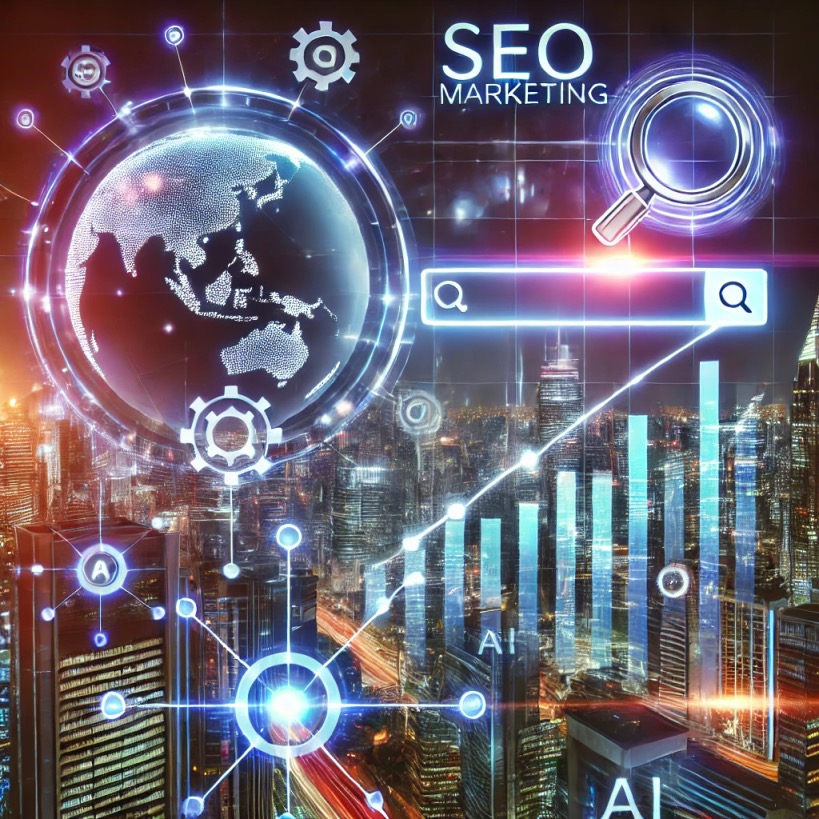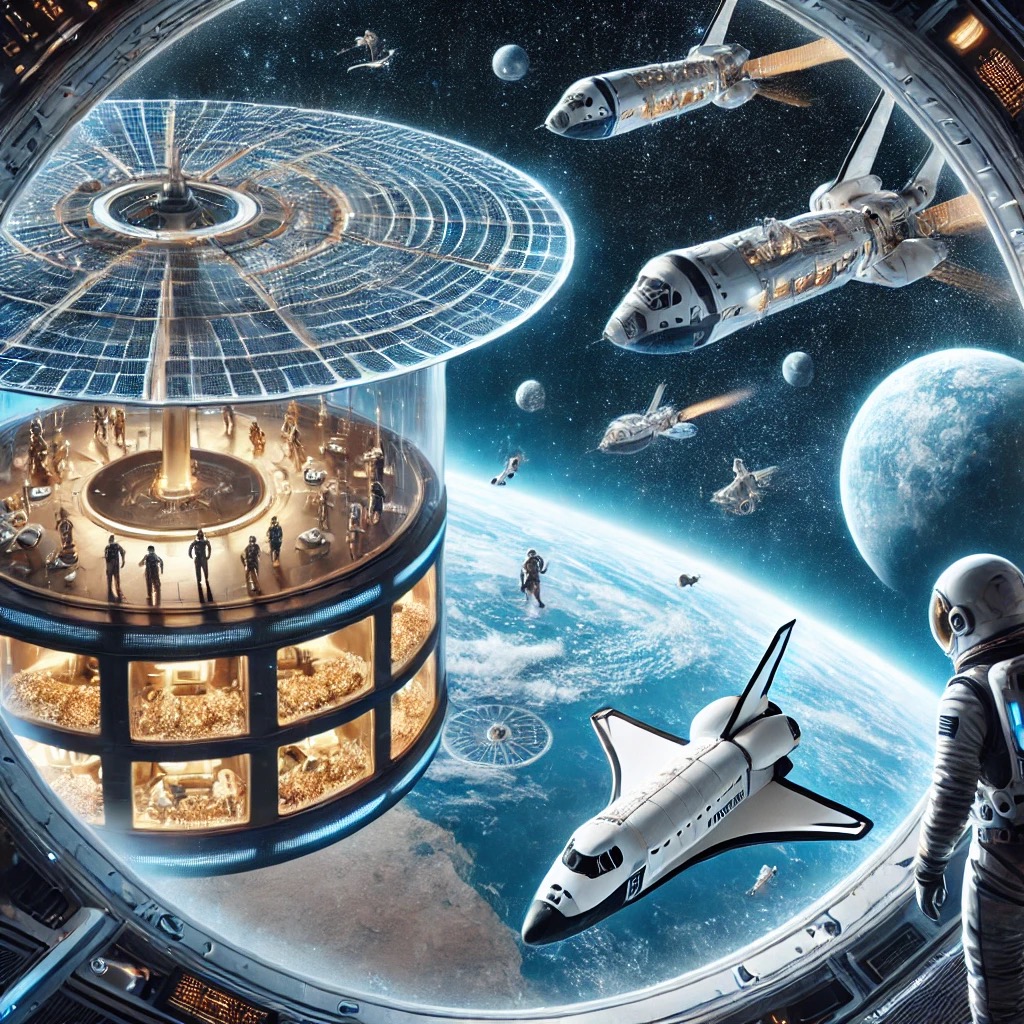Smart cities are rapidly emerging as the blueprint for the future of urban living, leveraging artificial intelligence (AI) , Internet of Things (IoT) , and other advanced technologies to create more efficient, sustainable, and livable environments. These cities aim to address some of the most pressing challenges of urbanization—such as traffic congestion, pollution, energy consumption, and public safety—by integrating data-driven solutions into every aspect of city life. From intelligent transportation systems to predictive policing, AI is at the heart of this transformation, enabling smarter decision-making and enhancing the quality of life for residents.
Below is an exploration of how AI is revolutionizing urban life in smart cities, its benefits, challenges, and the broader implications for society.


1. Key Areas Where AI is Transforming Smart Cities
a. Transportation and Mobility
- Intelligent Traffic Management : AI-powered systems analyze real-time traffic data to optimize signal timings, reduce congestion, and improve flow.
- Autonomous Vehicles : Self-driving cars, buses, and shuttles enhance mobility while reducing accidents caused by human error.
- Smart Parking : Sensors and apps guide drivers to available parking spots, minimizing time spent searching and reducing emissions.
- Public Transit Optimization : AI predicts demand patterns and adjusts schedules dynamically to ensure efficient service.
b. Energy and Sustainability
- Smart Grids : AI monitors energy usage and balances supply and demand, integrating renewable sources like solar and wind seamlessly.
- Energy-Efficient Buildings : AI optimizes heating, cooling, and lighting based on occupancy and weather conditions, reducing waste.
- Waste Management : Smart bins equipped with sensors notify collection services when full, streamlining operations and reducing costs.
c. Public Safety and Security
- Predictive Policing : AI analyzes crime data to identify high-risk areas and deploy resources proactively.
- Surveillance Systems : Facial recognition and anomaly detection enhance security but raise privacy concerns.
- Disaster Response : AI models predict natural disasters and coordinate emergency responses more effectively.
d. Healthcare and Well-being
- Telemedicine : AI-powered platforms connect patients with healthcare providers remotely, improving access to care.
- Air Quality Monitoring : Sensors track pollution levels, enabling targeted interventions to protect public health.
- Pandemic Management : AI helps track outbreaks, predict hotspots, and allocate medical resources efficiently.
e. Governance and Citizen Engagement
- Data-Driven Decision-Making : AI analyzes citizen feedback and operational data to inform policy decisions.
- Digital Services : Chatbots and virtual assistants streamline interactions between citizens and government agencies.
- Participatory Platforms : AI tools enable residents to contribute ideas and vote on local initiatives, fostering inclusivity.
2. Benefits of AI-Driven Smart Cities

a. Enhanced Efficiency
- AI automates routine tasks, freeing up human resources for more strategic activities.
- Real-time data analysis improves the responsiveness of city services.
b. Sustainability
- Reduced energy consumption and optimized resource use lower the environmental footprint of urban areas.
- Cleaner air and water improve public health and quality of life.
c. Improved Livability
- Smarter infrastructure reduces commute times, enhances safety, and creates greener spaces.
- Personalized services cater to individual needs, making cities more inclusive.
d. Economic Growth
- Innovation hubs attract businesses and talent, driving job creation and investment.
- Cost savings from optimized operations can be reinvested into community development.
e. Resilience
- AI enhances disaster preparedness and recovery efforts, ensuring cities can withstand shocks and stresses.
3. Challenges and Risks
a. Privacy Concerns
- Extensive data collection raises fears about surveillance and misuse of personal information.
- Balancing security with civil liberties remains a significant challenge.
b. Cybersecurity Threats
- Connected systems are vulnerable to hacking, which could disrupt critical infrastructure like power grids or transportation networks.
c. Digital Divide
- Unequal access to technology may exacerbate social inequalities, leaving marginalized groups behind.
d. High Implementation Costs
- Building and maintaining smart city infrastructure requires substantial upfront investment, which may strain municipal budgets.
e. Ethical Dilemmas
- Decisions made by AI systems must align with ethical principles, avoiding biases and ensuring transparency.
4. Real-World Examples of Smart Cities
a. Singapore
- Known as one of the world’s leading smart cities, Singapore uses AI for everything from traffic management to eldercare robots.
- Its “Smart Nation” initiative integrates IoT devices, big data, and AI to enhance urban living.
b. Barcelona
- Implements smart lighting, waste management, and irrigation systems powered by IoT and AI.
- The city’s open-data platform encourages innovation and citizen participation.
c. Tokyo
- Hosted the 2021 Olympics with cutting-edge technologies, including autonomous taxis and facial recognition for security.
- Focuses on sustainability through AI-driven energy management.
d. Dubai
- Aims to become the “happiest city on Earth” using AI to optimize services and engage citizens.
- Initiatives include robotic police officers and AI-based healthcare solutions.
e. New York City
- Uses predictive analytics to combat crime and manage traffic.
- Smart kiosks provide free Wi-Fi, charging stations, and city information to residents and visitors.
5. Emerging Trends in Smart Cities
a. Edge Computing
- Processes data locally on devices rather than sending it to centralized servers, improving speed and reducing latency.
b. Autonomous Delivery
- Drones and robots deliver goods directly to consumers, reducing delivery times and carbon footprints.
c. Digital Twins
- Virtual replicas of cities simulate scenarios and test solutions before implementation, saving time and resources.
d. Blockchain Integration
- Ensures secure transactions and transparent governance in areas like voting, land registries, and utility payments.
e. Human-Centric Design
- Prioritizes user experience and accessibility, ensuring that technology serves all segments of society.
6. Broader Implications for Society
a. Urban Planning
- Data-driven insights enable planners to design cities that adapt to changing demographics and lifestyles.
b. Workforce Transformation
- New jobs emerge in tech maintenance, data analysis, and AI development, requiring reskilling and education programs.
c. Environmental Stewardship
- Smart cities set benchmarks for sustainability, inspiring rural areas and smaller towns to adopt similar practices.
d. Global Collaboration
- Cities share best practices and collaborate on solving common challenges, fostering international partnerships.
7. The Future Vision of Smart Cities
The future of smart cities envisions fully integrated ecosystems where technology enhances every facet of urban life:
a. Seamless Connectivity
- Ubiquitous 5G networks and IoT devices ensure constant communication between people, vehicles, and infrastructure.
b. Circular Economies
- Resources are reused and recycled continuously, minimizing waste and maximizing efficiency.
c. Hyper-Personalization
- Services are tailored to individual preferences, from personalized transit routes to adaptive housing designs.
d. Climate-Resilient Infrastructure
- Cities are built to withstand extreme weather events and rising sea levels, safeguarding residents and assets.
e. Inclusive Communities
- Technology bridges gaps, ensuring equitable access to opportunities and resources for all citizens.
8. Conclusion
The rise of smart cities represents a paradigm shift in how we live, work, and interact with our surroundings. By harnessing the power of AI and other transformative technologies, these cities offer solutions to some of the most complex challenges facing humanity today—from climate change to rapid urbanization.
However, achieving this vision requires addressing critical issues such as privacy, equity, and cybersecurity. Policymakers, technologists, and communities must collaborate to ensure that smart cities benefit everyone, not just a privileged few.
As we embrace this new era, the future of urban life is not just about adopting technology—it’s about creating cities that are smarter, greener, and more humane. The journey toward truly intelligent urban environments has only just begun, and the possibilities are boundless.



